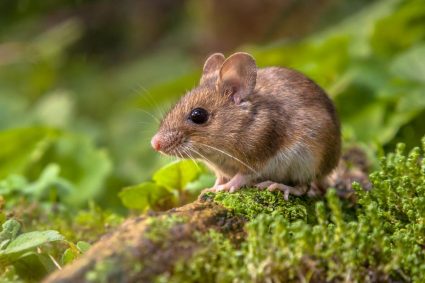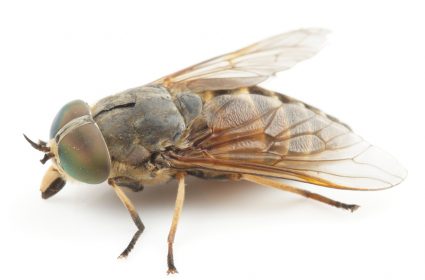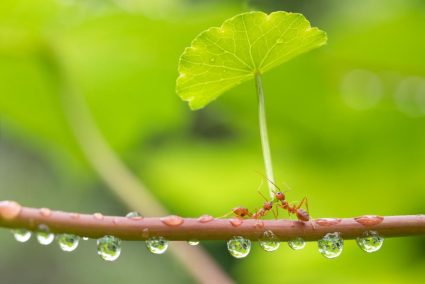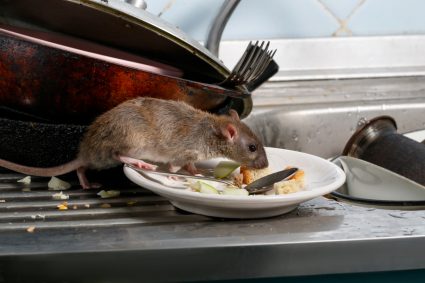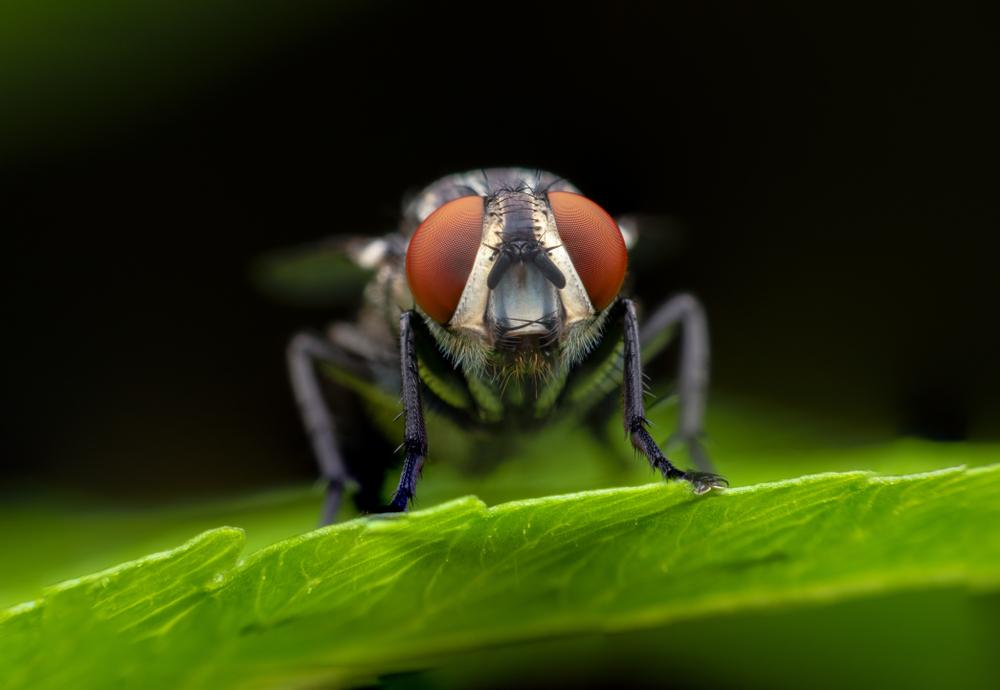
Hoverflies, also known as flower flies or syrphid flies, belong to the insect family Syrphidae. While they are beneficial insects that play a significant role in pollination and controlling pests like aphids, they might sometimes become a nuisance, especially when their population increases in gardens or around homes. If you’ve been noticing a rise in hoverfly activity, and wondering “what repels hoverflies?”, you’ve come to the right place.
Hoverflies can be repelled by several methods. Natural repellents include citronella oil candles, essential oil mixtures, and herb-infused oils. DIY solutions include homemade fly repellents, citronella candles, planting hoverfly-repelling plants, and a mixture of vinegar, soap, and water. Commercially available products like mint sprays and deterrent fan systems can also be effective. However, care should be taken to not harm other beneficial insects during the process.
Understanding Hoverflies
Hoverflies are often seen hovering or nectaring at flowers. Adult hoverflies mainly feed on nectar and pollen, making them important pollinators. On the other hand, their larvae help control aphids and other small insects, making them beneficial insects for your garden. However, their increased presence can be annoying, and that’s when you might want to consider ways to repel them.
Natural Repellents
There are several natural methods to repel hoverflies without causing harm to them or other beneficial insects. Here are some of the most effective ones:
- Citronella oil candles: These are popular for keeping mosquitoes away and can also be effective at keeping hoverflies away.
- Essential oil mixtures: Combine equal parts water and vinegar, and add a few drops of essential oils such as lavender, eucalyptus, peppermint, rosemary, or basil oil. Spray the mixture around the perimeter of your garden to deter hoverflies.
- Herb-infused oils: Pollinating insects, including hoverflies, react negatively to many herbs and spices. Rosemary, thyme, citrus, or peppermint essential oils can be used as natural repellents.
DIY Solutions
If you prefer homemade solutions, there are several home remedies that can help repel hoverflies.
- Homemade fly repellent: Mix equal parts water and vinegar, and add a few drops of essential oils. Spray the mixture around your garden to repel hoverflies.
- Citronella candles: Light a citronella candle and place it where you’ve seen the most hoverfly activity.
- Plant hoverfly-repelling plants: Strategically plant nectar-filled plants around your property borders to keep hoverflies away. Some good options include marigolds, lavender, citronella, and eucalyptus.
- Vinegar, soap, and water: Mix these ingredients together in a spray bottle and spray the area where hoverflies are living. This solution will help repel them.
Commercially Available Products
There are several commercially available products designed to repel hoverflies and other flying insects. Some of these products include:
- Mint sprays and essential oils: Mint oil can be used in a diffuser to repel hoverflies.
- No Fly Zone Fly Deterrent Fan System: This fan system is designed to deter flies and other flying insects from landing on food during outdoor events.
- Magic Mesh Bug Repellant Fan: This fan has reflective blades that target flying bugs and insects.
Precautions to Take
When trying to repel hoverflies, it’s essential to take precautions to ensure other beneficial insects are not harmed. Here are some steps you can follow:
- Use natural repellents: Be cautious when using commercial fly repellents, as they can be toxic to beneficial insects like bees.
- Control the food source: Plants infested with aphids will attract hoverflies. If you can remove this food source, then hoverflies will go elsewhere.
- Avoid pesticides: Pesticides can harm hoverflies and other beneficial insects. Instead, consider using companion planting, hand-picking pests, or releasing beneficial insects like ladybugs to control pests.
Remember, hoverflies are beneficial insects that help control aphids and pollinate plants. So, while you might want to repel them from specific areas, it’s essential to use methods that minimize harm to hoverflies and other beneficial insects.
Frequently Asked Questions
What are some plants that attract hoverflies?
Some plants that attract hoverflies include dill, coriander, fennel, and parsley. These plants have several small flowers which hoverflies are attracted to for their nectar and pollen.
Can hoverflies bite or sting?
No, hoverflies cannot bite or sting. They may resemble wasps or bees, but they are harmless to humans.
How can I identify a hoverfly?
Hoverflies can be identified by their distinctive hovering flight pattern, hence their name. They typically have yellow and black striped bodies, similar to wasps or bees, but they have only one pair of wings while wasps and bees have two.
How can I encourage hoverflies in my garden?
To encourage hoverflies in your garden, plant attractant plants like dill, coriander, fennel, and parsley. Also, ensure your garden has a source of water, as hoverflies need it to reproduce.
Are hoverflies beneficial for all types of gardens?
Yes, hoverflies are beneficial for most types of gardens. Their larvae feed on pests like aphids, and the adults are important pollinators. However, they can become a nuisance if their population becomes too high.



